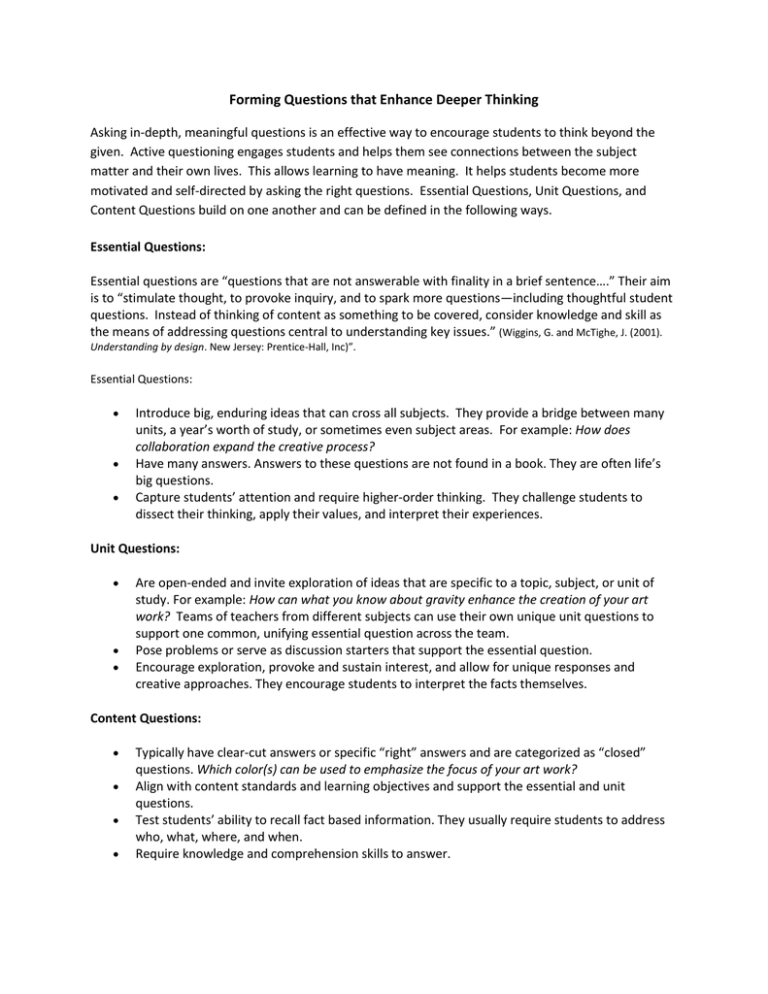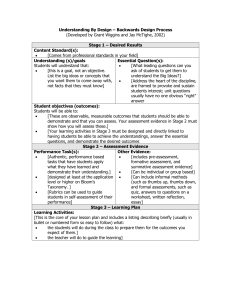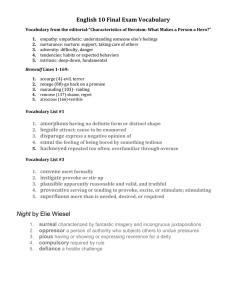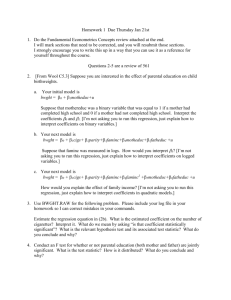MS Word
advertisement

Forming Questions that Enhance Deeper Thinking Asking in-depth, meaningful questions is an effective way to encourage students to think beyond the given. Active questioning engages students and helps them see connections between the subject matter and their own lives. This allows learning to have meaning. It helps students become more motivated and self-directed by asking the right questions. Essential Questions, Unit Questions, and Content Questions build on one another and can be defined in the following ways. Essential Questions: Essential questions are “questions that are not answerable with finality in a brief sentence….” Their aim is to “stimulate thought, to provoke inquiry, and to spark more questions—including thoughtful student questions. Instead of thinking of content as something to be covered, consider knowledge and skill as the means of addressing questions central to understanding key issues.” (Wiggins, G. and McTighe, J. (2001). Understanding by design. New Jersey: Prentice-Hall, Inc)”. Essential Questions: Introduce big, enduring ideas that can cross all subjects. They provide a bridge between many units, a year’s worth of study, or sometimes even subject areas. For example: How does collaboration expand the creative process? Have many answers. Answers to these questions are not found in a book. They are often life’s big questions. Capture students’ attention and require higher-order thinking. They challenge students to dissect their thinking, apply their values, and interpret their experiences. Unit Questions: Are open-ended and invite exploration of ideas that are specific to a topic, subject, or unit of study. For example: How can what you know about gravity enhance the creation of your art work? Teams of teachers from different subjects can use their own unique unit questions to support one common, unifying essential question across the team. Pose problems or serve as discussion starters that support the essential question. Encourage exploration, provoke and sustain interest, and allow for unique responses and creative approaches. They encourage students to interpret the facts themselves. Content Questions: Typically have clear-cut answers or specific “right” answers and are categorized as “closed” questions. Which color(s) can be used to emphasize the focus of your art work? Align with content standards and learning objectives and support the essential and unit questions. Test students’ ability to recall fact based information. They usually require students to address who, what, where, and when. Require knowledge and comprehension skills to answer.







